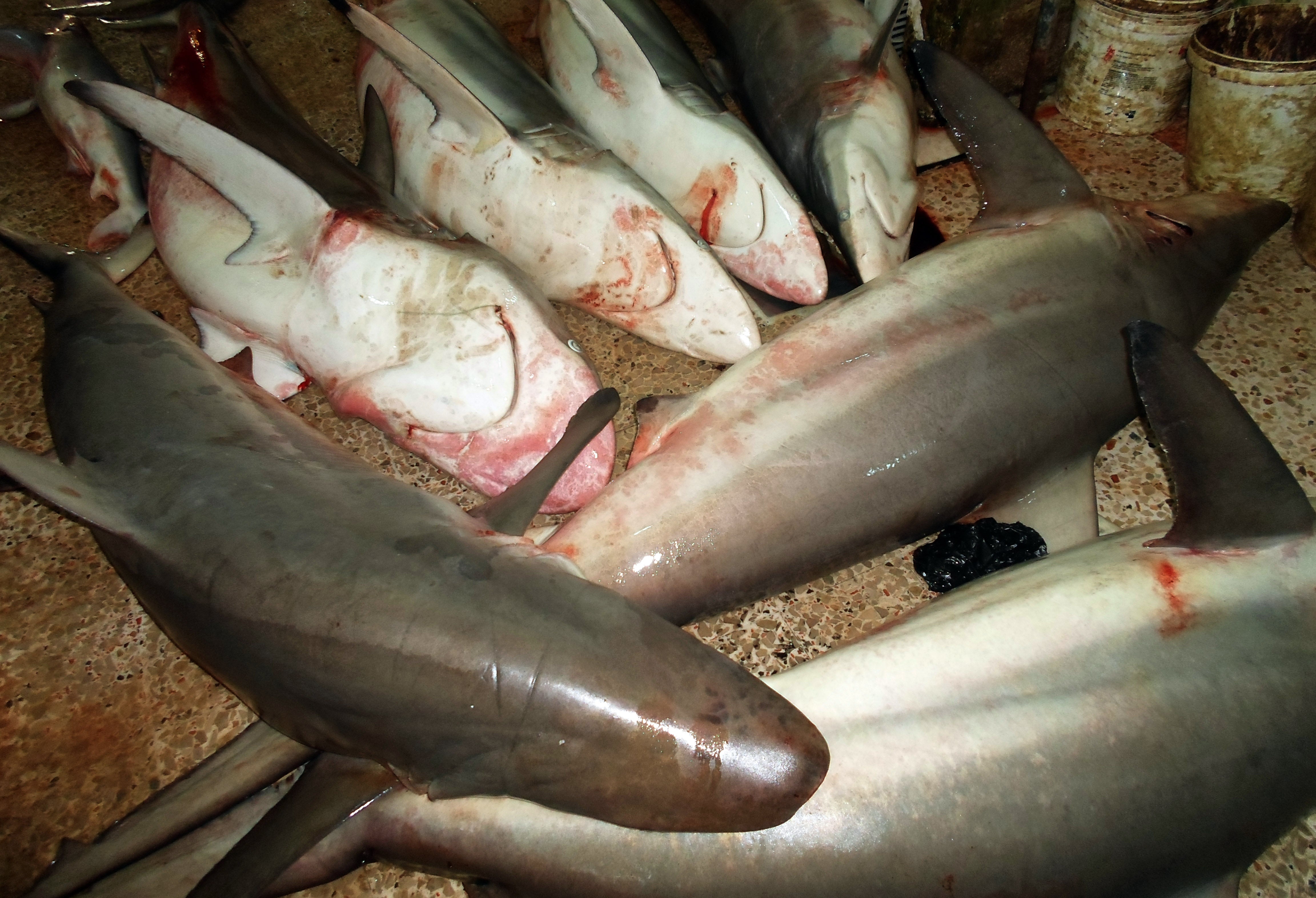Over one-third of shark and ray species are headed towards extinction due to overfishing, study says
Apart from overfishing, climate crisis and pollution are other factors impacting 391 threatened species

More than a third of all shark and ray species are headed towards extinction because of overfishing, a new eight-year study has revealed.
The number of threatened species of sharks, rays and chimaeras – collectively known as chondrichthyan fishes – have more than doubled in less than a decade, according to the research, published Monday in the journal Current Biology.
“The current observed number of threatened species is more than twice – 391 [threatened chondrichthyan species] of 1,199 [total species] – that of the first global assessment in 2014, which reported 181 of 1,041 species were threatened,” scientists, including Nathan Pacoureau from Simon Fraser University in Canada, wrote in the study.
Overfishing is the single biggest cause that has affected all the 391 threatened species and is the sole threat for over two-thirds of the chondrichthyan species, said researchers.
Habitat loss and degradation, the climate crisis and pollution are the other factors threatening the remaining one-third of the shark and ray species, they added.
Based on their analysis, scientists said the threat of extinction of these species was disproportionately high in the tropics and subtropics, particularly in the northern Indian Ocean, western central and northwest Pacific ocean, from Pakistan to Japan.
In these parts of the world’s oceans, more than three-quarters of species are threatened, the researchers said.
Three species – the Lost Shark (Carcharhinus obsoletus), the Java Stingaree (Urolophus javanicus), and the Red Sea Torpedo (Torpedo suessi) – not seen in over 80 years, are possibly extinct, they added.
The current study comes after an earlier one published in January found the overall population of sharks and rays in the oceans declined by more than 70 per cent since 1970.
Dr Pacoureau and his team warn that overfishing is significantly “intense and widespread” to cause significant irreversible biodiversity loss in tropical coastal seas, particularly off Mexico, Brazil, and throughout the northern Indian and western central Pacific ocean.
These species are particularly vulnerable because they grow slowly and produce fewer offspring.
“Some of the most recent policy actions may not have had sufficient time to stem declines, taking into account the generally low reproductive rates of this taxon,” the scientists pointed out.
They call for science-based limits on fishing, effective marine protected areas and approaches to reduce or eliminate deaths of threatened species and ensure sustainable catch and trade of others.
While some countries have already pledged or have treaty obligations against the killing of endangered sharks and rays, the experts said some of these species play important roles in food security and livelihoods in other developing nations, making strict protections tough to implement.
In these cases, researchers recommend novel management approaches which can transform markets and provide alternate livelihood options as a way forward that takes account of the needs of fishing communities.
“Immediate action is essential to prevent further extinctions and protect the potential for food security and ecosystem functions provided by this iconic lineage of predators,” the scientists wrote in the study.
“A brighter future for chondrichthyans depends urgently on enacting effective fisheries regulations that focus on reducing catches to sustainable levels and, wherever possible, strictly protecting endangered species,” they added.
Join our commenting forum
Join thought-provoking conversations, follow other Independent readers and see their replies
Comments
Bookmark popover
Removed from bookmarks